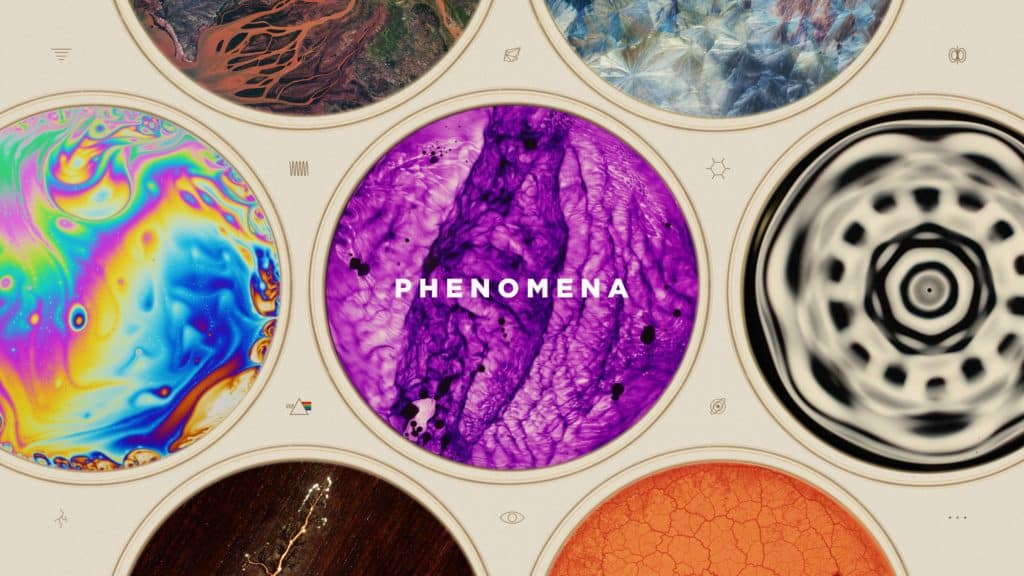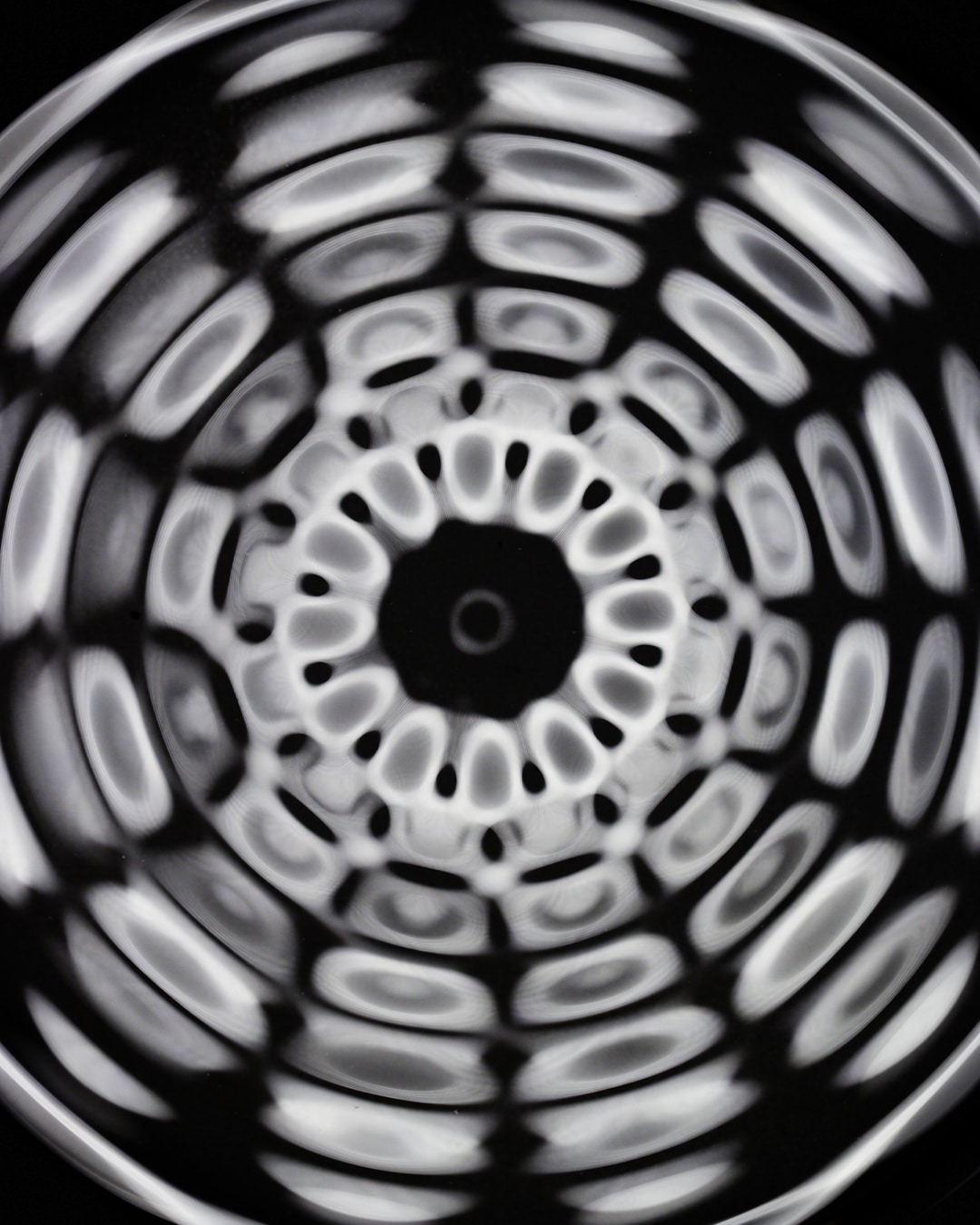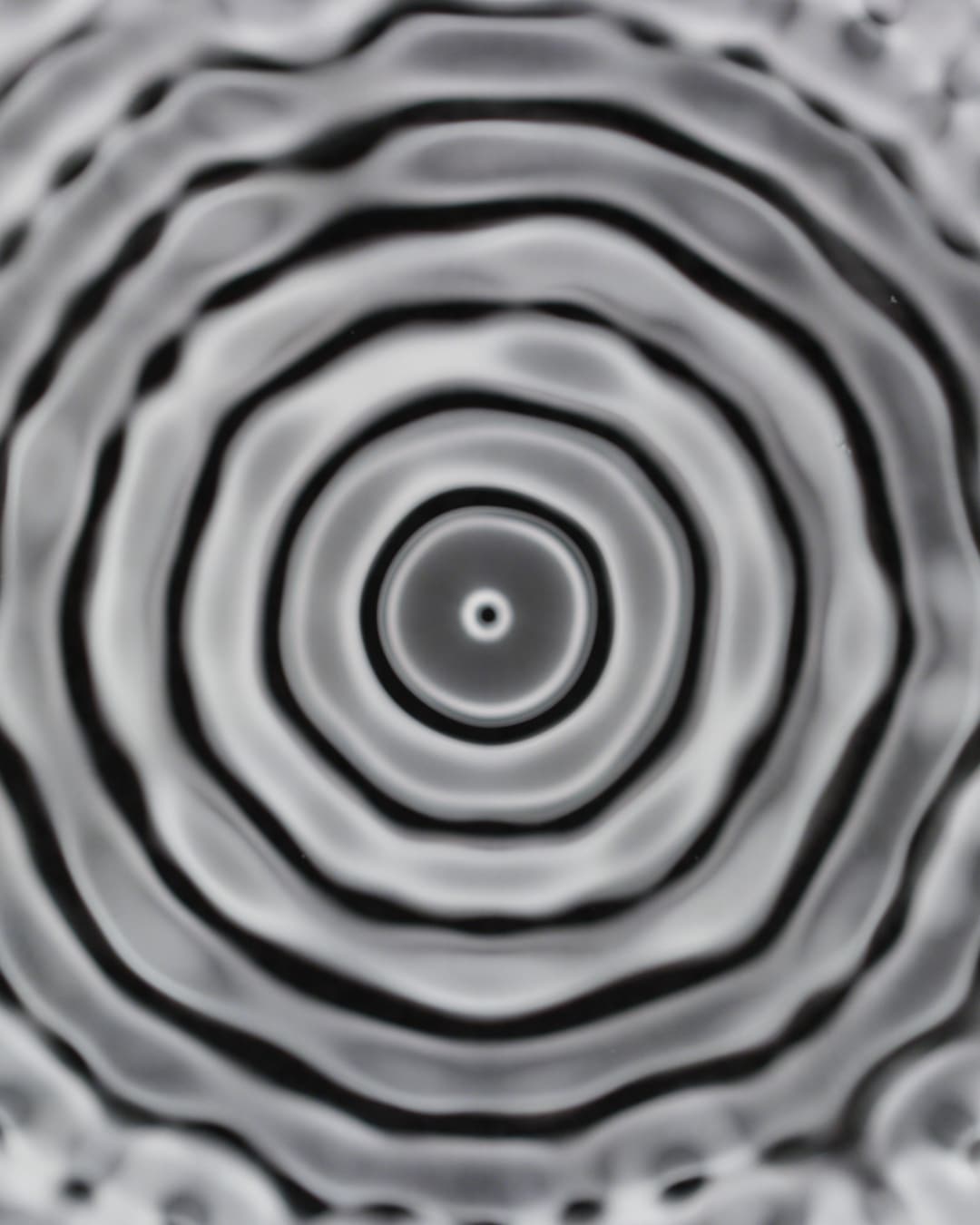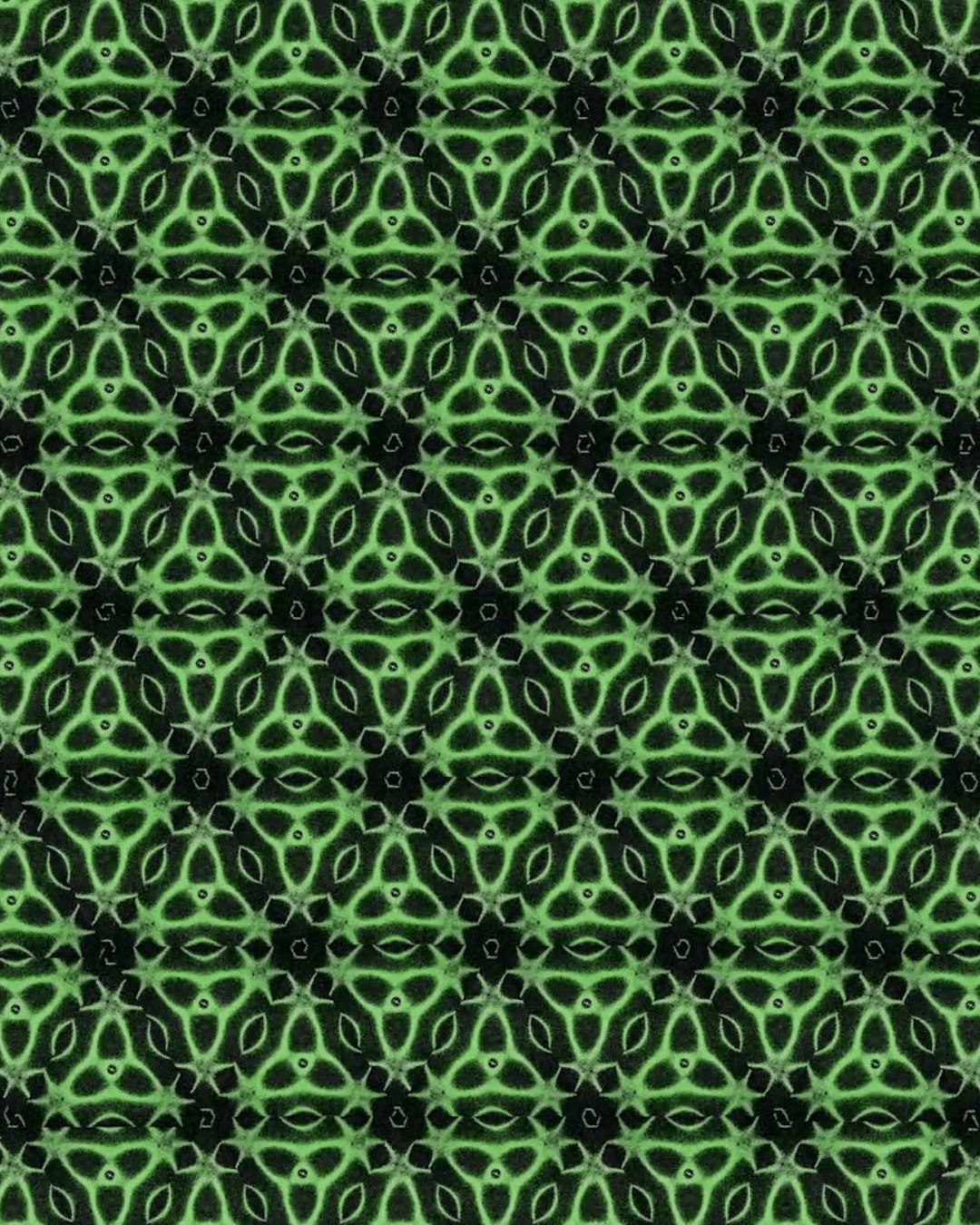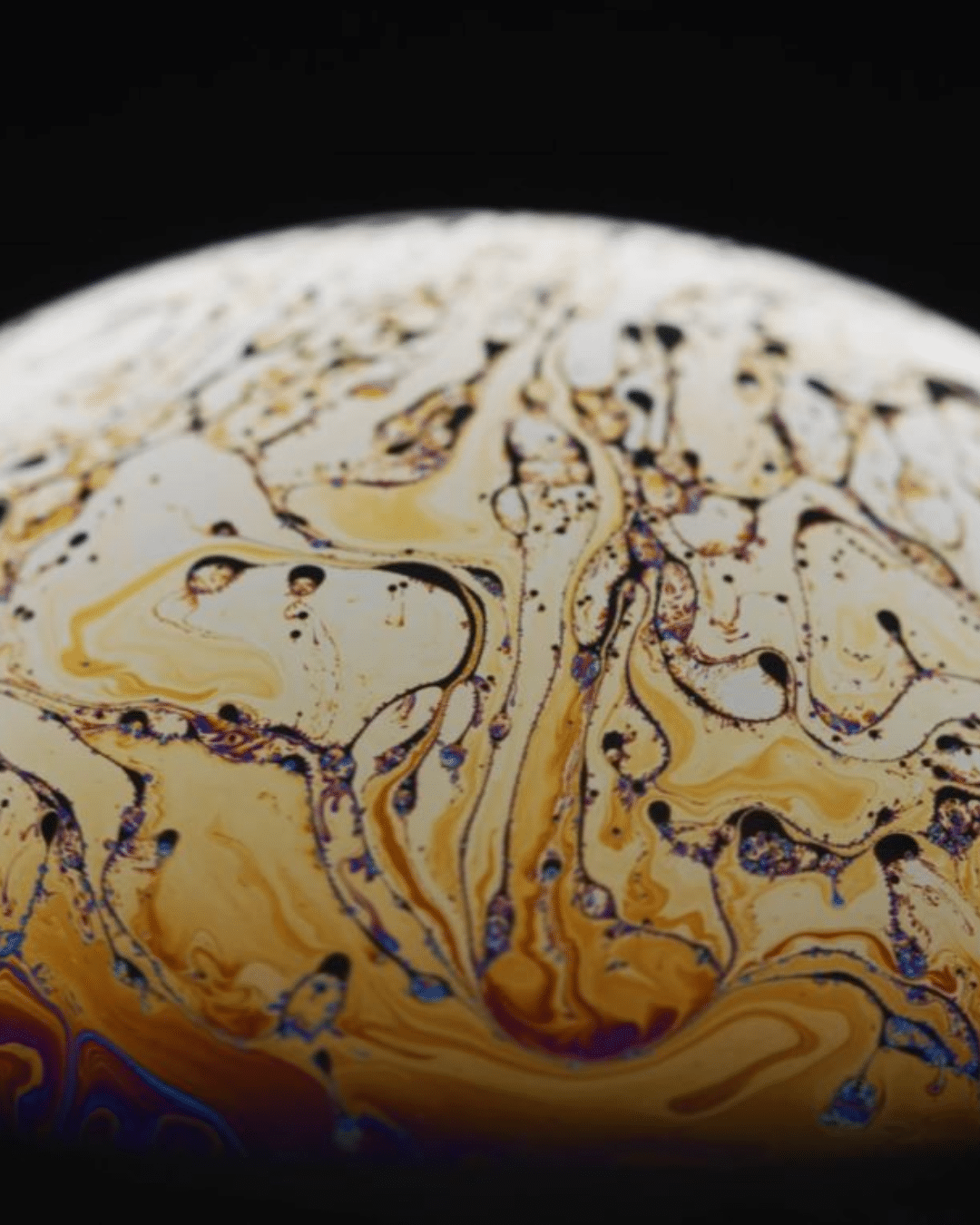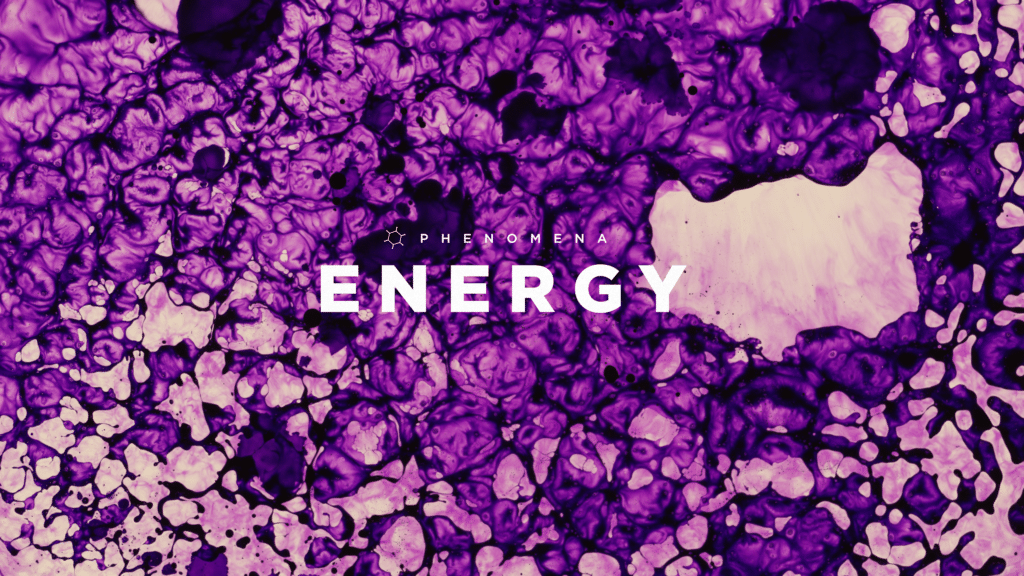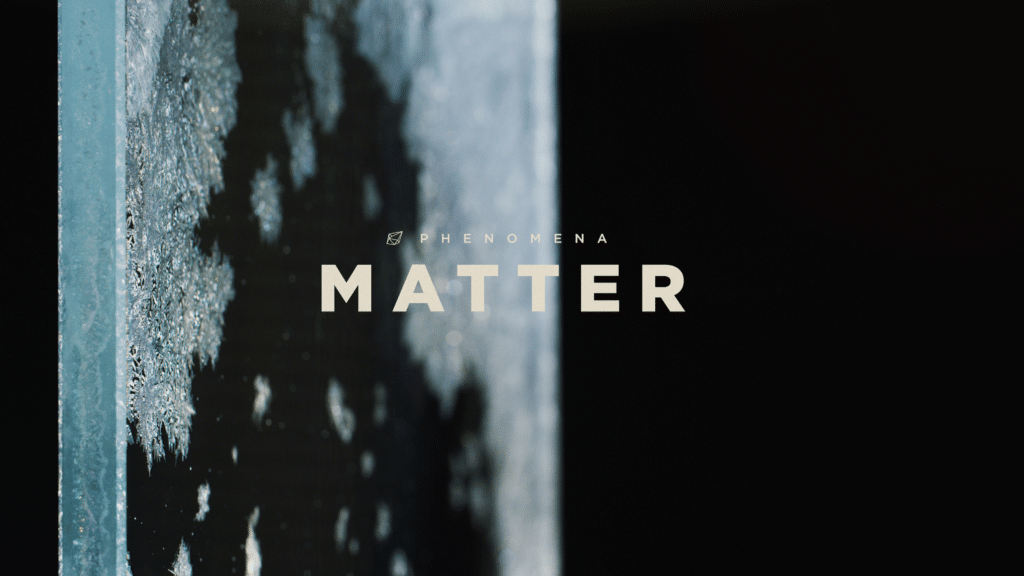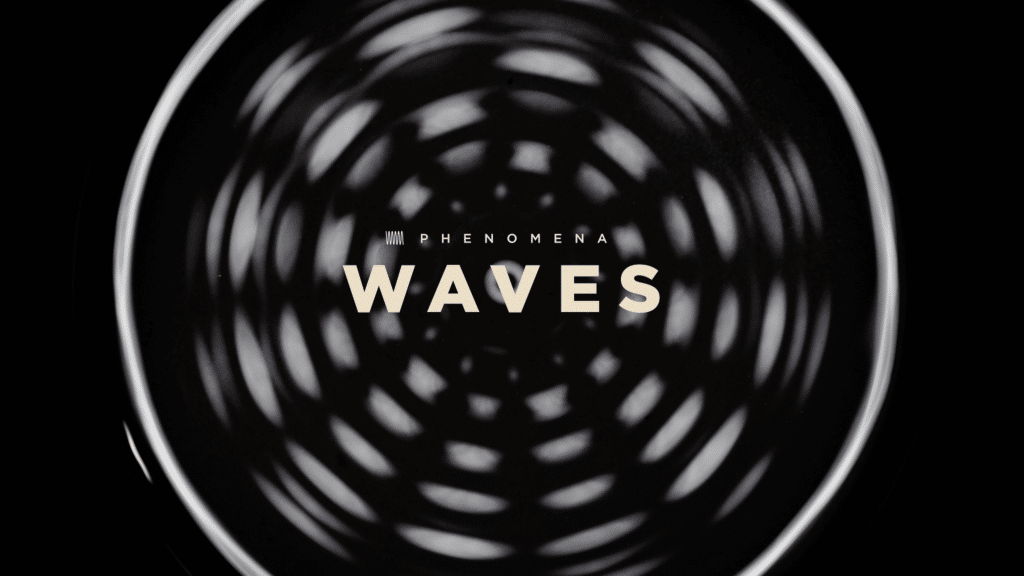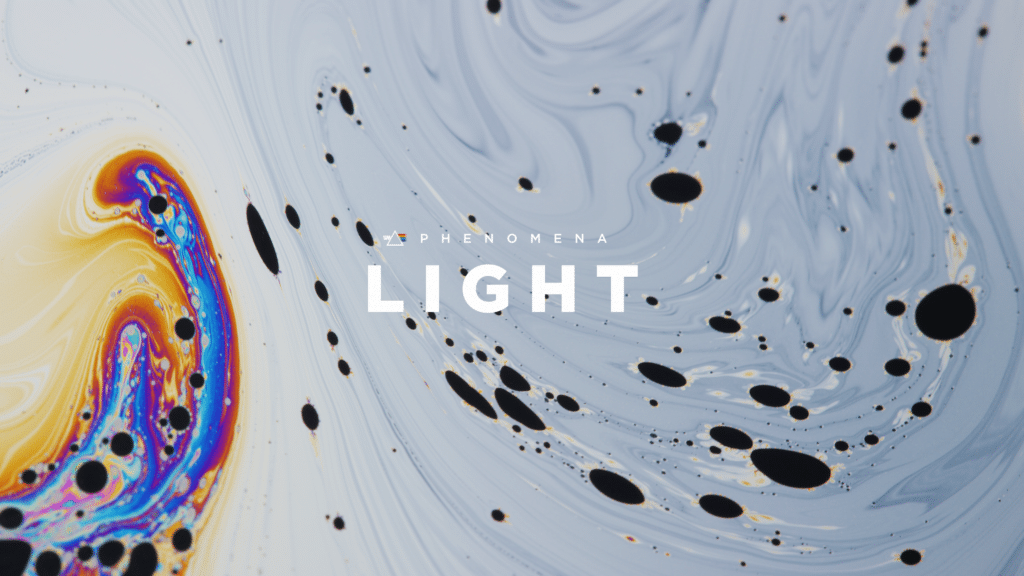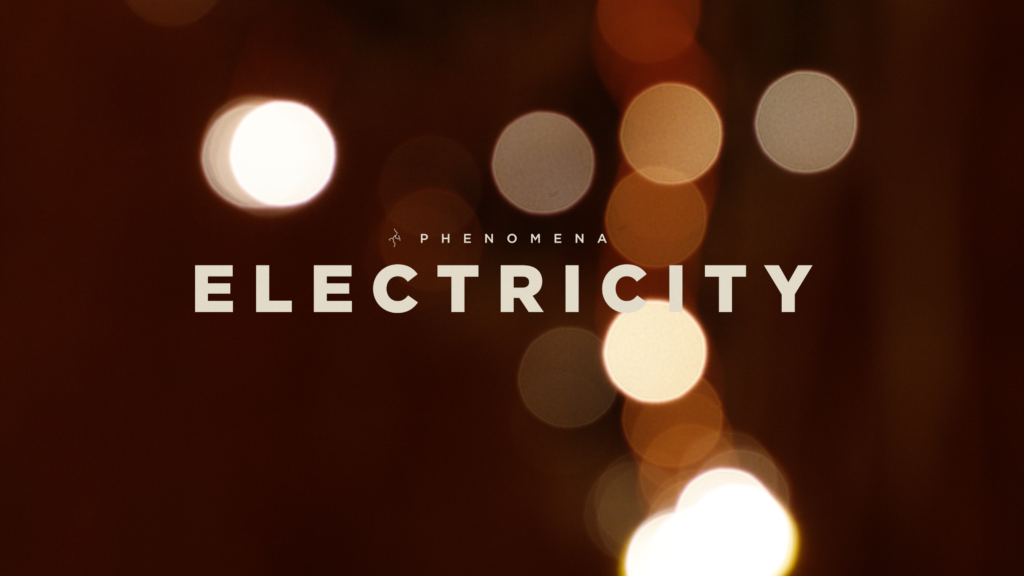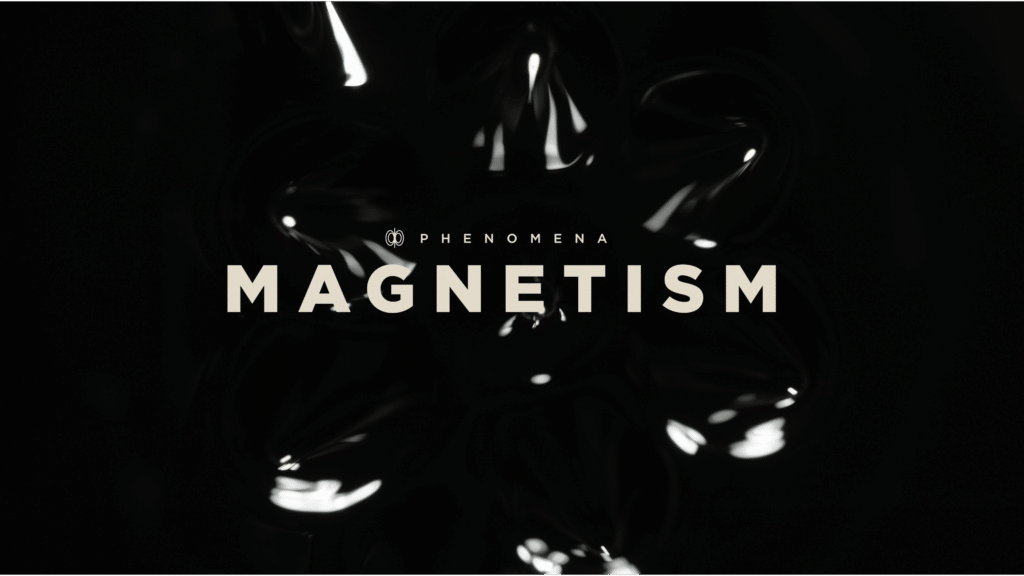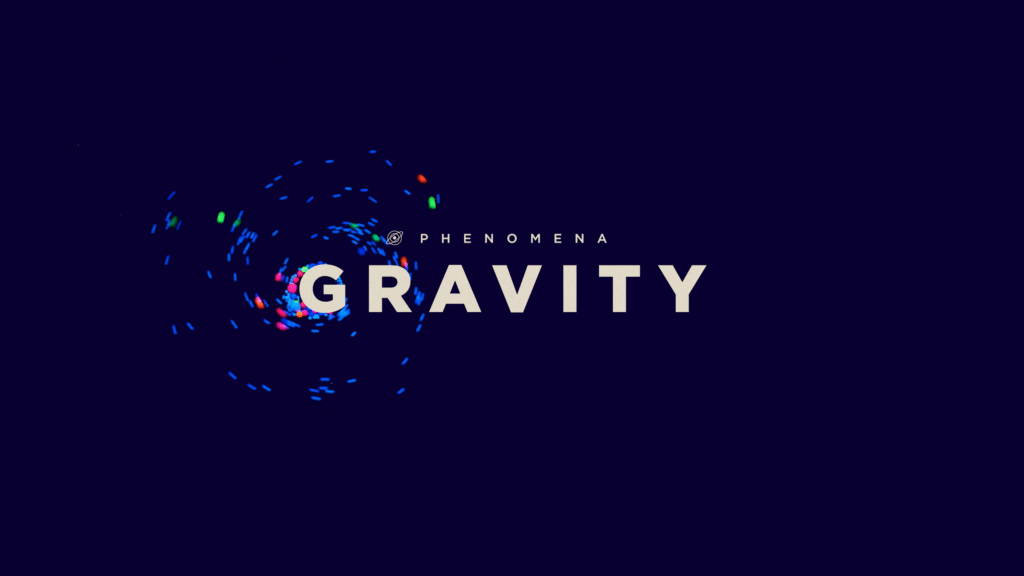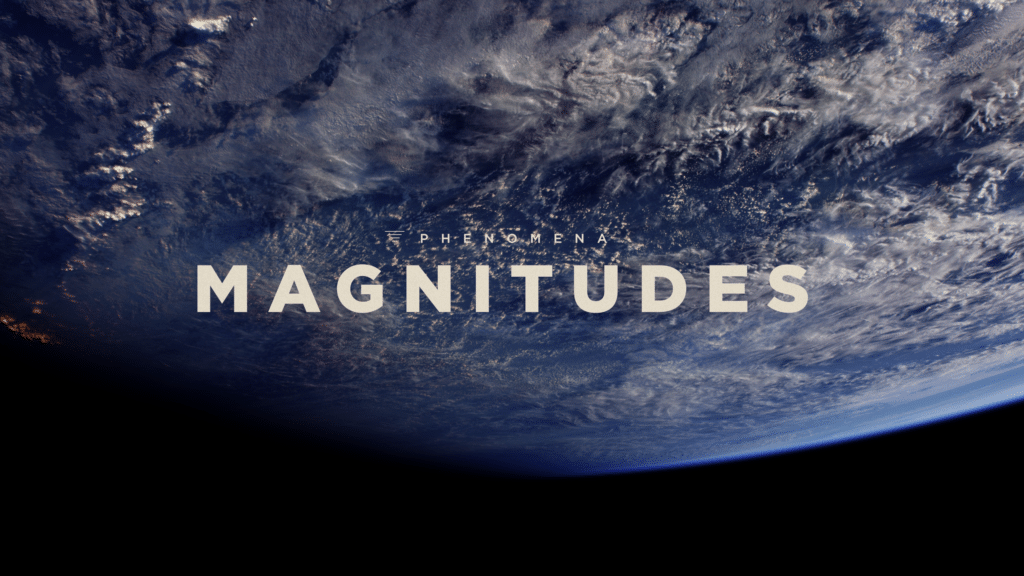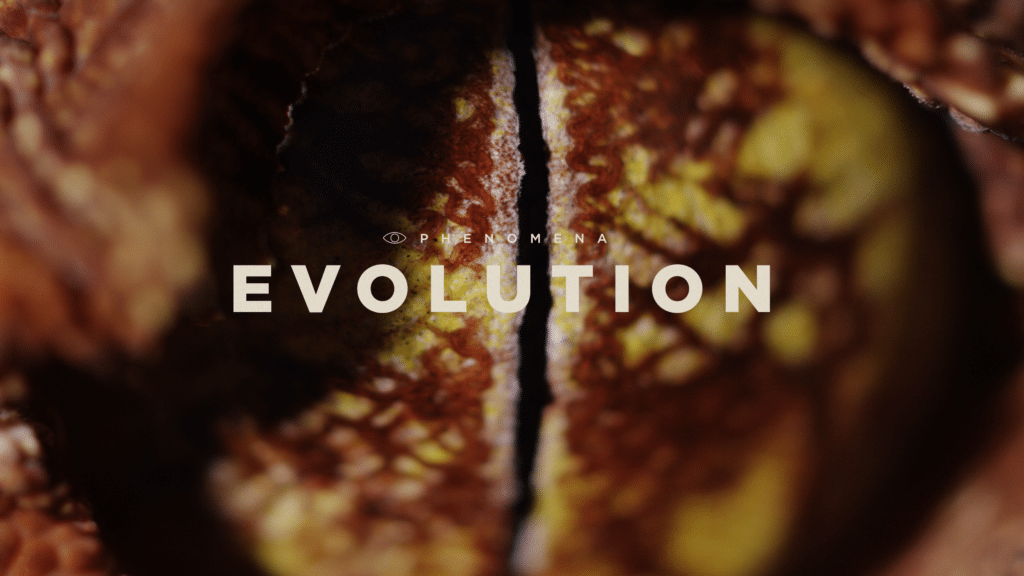Seeing sound
The beauty of salt
Explosive patterns from linseed oil and ink
Electricity moving slowly through wood
Extreme cinematography captures everyday phenomena
Each reveal the fundamentals of science: energy, waves, light, and the beauty in the natural world in Josef Gatti’s photographs and short films. Please watch these two short clips and consider how you could use them in an online feature: https://bit.ly/2VTGGet; https://bit.ly/37OiiO1
The clips and stills are from Phenomena, an ABC series of nine award winning episodes made by Josef Gatti and published through the ABC’s YouTube channel and Facebook and as a half-hour short film on ABC iView. Each film focuses on a force of nature.
- Energy: inks dropped into linseed oil, WD40 and other oils produce explosive patterns like those seen on the surface of the Sun
- Matter: table salt, ammonium chloride and other salts burst into ‘life’ as they form crystals
- Waves: see sound create geometric patterns in water and salt
- Light: long-lived bubbles looking like gas giants – some lasted over ten minutes
- Electricity: watch electricity move slowly across a piece of wood
- Magnetism: magnets swimming like a school of fish
- Gravity: the movement of stars and planets as you’ve never seen them.
- Magnitudes: patterns of life from space and inner space
- Evolution: a slime mould grows like lace or lungs, a tadpole metamorphoses.
These nine naturally occurring forces of nature shape the universe and everything in it.
Phenomena was produced by Josef Gatti, and Rob Innes from Mashup Pictures, with partners Screen Australia, the ABC, and Film Victoria.
See the YouTube videos at https://bit.ly/3iSd8qP
Descriptions and links below.
About the films
Energy
Inks dropped into linseed oil, WD40 and other oils produce explosive patterns like those seen on the surface of the Sun
Alcohol and inks were dropped into hydrocarbons where the chemicals react and change in composition. The reaction produced convection-cells in the liquid, producing explosive patterns like those seen on the surface of the sun. The reactions were captured on an ultra-bright light box, causing the light to penetrate through the reaction and project intricate detail directly onto the high resolution digital sensor. Hydrocarbons used include linseed oil, WD40, shellite, and pure gum turpentine. A variety of pre-mixed alcoholic inks were used, as well as manually creating mixes with pigments, isopropyl alcohol, and methylated spirits. The purpose of this film was to create a visual of energy.
Matter
Table salt, ammonium chloride and other salts burst into ‘life’ as they form crystals
A variety of salts were mixed into water, creating a supersaturated solution. First boiled, then poured over a glass plate where it begins to rapidly cool and evaporate. The salt molecules begin to organize, building on each other, and replicating their structure outwards to form as crystals. A variety of techniques such as slow motion, macro cinematography, and time-lapse photography shot over hours reveal the crystallization. The salts used included mono ammonium phosphate, ammonium chloride, and sodium chloride. This variety of elements allowed us to record a variety of crystal structures.
Waves
See sound create geometric patterns in water and salt
Sound waves were visualized using two techniques. In the first, water rests in an upright facing speaker. Using a frequency generator, the speaker vibrated between 1hz and 300hz to produce the ‘cymatics’ patterns. Josef experimented with other liquids, though water produced the most favourable results. Note: there are two shots in the film that use olive oil. In the second, salt rests on a variety of thin metal plates, mounted to a high frequency mechanical wave driver and function generator. A variety of shapes were used, including square, rectangle, circle, hexagon, and equilateral triangle. The metal plates vibrated between 250hz and 7000hz to produce geometric patterns.
The ‘cymatics’ experiment was the first film of the series, created by Josef and his dad Mark. The ‘chladni plate’ experiment was filmed with the assistance of RMIT University, Melbourne. These films were screened at Adelaide Film Festival (2018), Splendour In the Grass (2019, science tent) and SCINEMA International Film Festival (2020).
Light
Long-lived bubbles looking like gas giants – some lasted over ten minutes
Light is the simplest experiment of Phenomena, looking at the surface of a soap bubble under macro lenses. A powerful white light source is suspended above the bubble. Through thin-film interference, the light reflects and refracts through the soap bubbles layers to produce vivid colours and reveal the bubble structure. The soap bubble was made from 3 parts water, 1 part dishwashing liquid, 0.3 part glycerol. It was very important to create the strongest bubble possible, as the longer the bubble lived, the more complex and beautiful the patterns became. With over a week of filming bubbles, only a few dozen survived past the 10 minute mark where the most spectacular patterns appeared.
Electricity
Watch electricity move slowly across a piece of wood
This film was created out of my curiosity to look at electricity moving in slow motion. After much research, I discovered this is not such a simple task. Even the highest frame rate cameras would struggle to capture electricity in motion at the quality I was looking for. I then discovered a technique for visualizing the motion of electricity, where the current flows across a wooden surface. This allowed me to contain the current to a two-dimensional surface. From here I could get very close to the electricity with a cinema camera and macro lenses, without fear of the current jumping into myself or the equipment. I would like to note I had the help of my dad, a physics teacher, to ensure we were extremely careful. We were working with a lethal amount of electricity and I would not recommend anyone try this themselves.
Magnetism
Magnets swimming like a school of fish
Ferrofluid, a metallic liquid, interacts with magnets to reveal magnetic fields. An engineering friend and I hooked up large electromagnets to power supplies and began experimenting with them. We magnetized various metallic objects with them to see how the ferrofluid interacted. Ultimately, the most spectacular patterns were created when the ferrofluid was suspended in a thin layer of water and alcohol. As the ferrofluid became magnetic, it would spread outwards, attracting and repelling its neighboring droplets to produce labyrinth patterns. Specially filmed using a state of the art motion control and a high speed ‘Phantom Flex4K’ camera, the movement and patterns of the fluid look alien and otherworldly.
Gravity
The movement of stars and planets as you’ve never seen them.
In this experiment the connection between matter and gravity is visualized. A piece of fabric representing spacetime is stretched over a large ring. A heavy ball is dropped into the fabric, stretching it like a star distorts the space around it. Smaller ball bearings are then propelled into the fabric. They spiral around the centre mass, replicating the orbital motions of solar systems. This experiment was filmed under ultraviolet light to enhance the orbital motions of the ball bearings. The high resolution camera was operated with a BOLT motion control robot, matching the rotating motions created by the galaxy simulation. This film was created out of my desire to watch a galaxy playing out in time-lapse. How incredible it’d look if we could record the life of a galaxy over a billion years to watch it move.
Magnitudes
Patterns of life from space and inner space
Using state of the art technology surface patterns of matter are revealed beyond our perception, at orders of magnitude. Using an electron microscope, the microscopic world is captured with magnifications beyond ten thousand times, producing high resolution black and white images that reveal details beyond the reach of light. These images are then contrasted against the surface details of earth, captured by NASA from space. These two extremes are bridged together with natural imagery from the human perspective, creating an awe inspiring perspective of our planet. Scanning electron microscopic imagery was captured by scientist Alan Pickhaver and filmmaker Josef Gatti from the RMMF at RMIT University Melbourne, over the course of 2 years. Earth imagery courtesy of NASA, was captured on board the ISS between 2015 and 2017. Natural landscapes were captured by Josef Gatti throughout regional Victoria, New South Wales, and South Australia throughout his career.
SEM samples included in this film:
Leaf, starfish, sand, wood, butterfly, bark, rust, bone, fish scale, radiolaria, pollen, fly, various crystals, ant, seaweed.
Evolution
Slime mould grows like lace or lungs, a tadpole metamorphoses
A look at biological growth in extreme detail over time. Beginning in the microscopic, a single celled life form feeds off an oat to replicate, grow, and explore its environment. The organism recorded is called physarum polycephalum. Images were captured in macro over a period of one month. We then step up the evolutionary tree and observe an egg grow into a tadpole, then undergo metamorphosis, transforming into a frog. Images were captured in macro over a period of two months. Filmed with the assistance of Museums Victoria, and Zoos Victoria.
Josef Gatti
PHENOMENA was born out of my curiosity for the universe and experimentation with technologies. Late in 2016 I found myself looking for new ways to tell stories and connect with audiences. at the same time I had been discovering new ideas through science and philosophy. This intersection of my personal and professional journey is where it all began.
Inspired by my Dad, a physics teacher, I created a trilogy of short films that would eventually evolve into PHENOMENA. His scientific expertise and my technical expertise in cinematography produced some of the most advanced and magnificent images of their kind.
These films were subsequently screened at film and music festivals in Australia.
This simple experimentation in filmmaking soon developed into a project of epic proportions; an abstract visualization of natural phenomena that reveal the nature of the universe. With a unique visual aesthetic propelled by a powerful score, the project’s greatest influences are 2001: A Space Odyssey (1968), Samsara (2011), and Cosmos: A Spacetime Odyssey (2014) series.
Through my lens and camera, I’m able to capture and manipulate both light and time. In PHENOMENA, both of these capabilities are taken to the extreme through specialist photographic techniques – timelapse, macro, state of the art motion control, and ultra slow-motion. Captured in 6K RAW, the images produced are not only sophisticated, they also provide a look at the universe beyond our natural perspective.
Each film required countless hours of experimentation with both science and cinematography. In every attempt there were days of testing and failures before the patterns were found, and only then began the process of recording. My approach to this process was to have as little influence over the images as possible. This was achieved by setting up the science and tech in a way that allowed me to set focus, press record, initiate the experiment, and allow the forces of nature to express themselves as naturally as possible. I’d spend hours and hours watching the universe put on a beautiful show, losing days at a time and delving deeper into the abstract nature of the universe.
The making of the first film in the project ‘Waves’ – which visualizes soundwaves in water – was a defining moment. The first time I turned the speaker on I did not really know what to expect. Seeing the cymatics patterns come to life through the lens was a euphoric experience, it was like looking into a portal into the fabric of the universe. It was in my attempt to capture the beauty unfolding before me that defined the project – to see and experience the most elemental aspects of nature.
Ultimately, PHENOMENA reframes the universe around us to create an experience that is not only awe inspiring, but encourages us to reconsider our place in the universe, and enriches our understanding and connection with nature.
Phenomena was produced by Josef Gatti and Mashup Pictures with support from Screen Australia, the ABC, and Film Victoria.
Phenomena Project Website:
- phnmna.com – home
- phnmna.com/about – about page
- phnmna.com/credits – full list of project credits
Science Week Event Page: https://www.scienceweek.net.au/event/phenomena/
Twitter: twitter.com/PhenomenaDoc
Instagram instagram.com/phenomena.documentary


